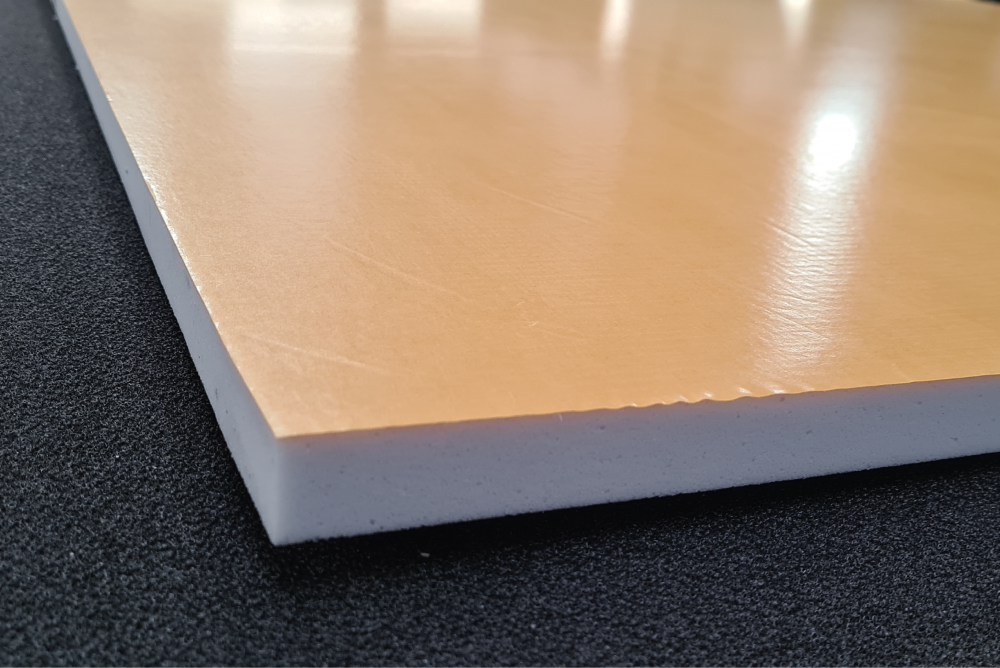Spray foam insulation costs more than other insulations,Foam Spray in Place Foam Insulation Method Articles but this supplementary cost can be balanced out by other merits. These advantages include merits related to enhance structural characteristics like strength, toughness, etc.; increased thermal insulation properties, and increased air and moisture resistance.
The R-value (thermal resistance value of insulation) for spray foam is higher because it better fill wall cracks and other obstructions in the wall. Insulating the below side of a roof than the ceiling is also beneficial. The moisture mainly in attics emerges from damp basements or spaces and if we address crawl space, basement moisture, etc. efficiently then we do not need to ventilate the attic. Foam insulation on basement walls and attic roofs helps in keeping the building cool in the summer and warm in winter, simultaneously obstructing the moisture from intruding. There are various types of foam insulation and you must search for the one that offers the amount of insulation and moisture resistance that suits your needs the best.
Foam insulation is either sprayed in place into walls or sprayed onto narrow or unreachable places. It may be retrofitted, making it simply the best for insulating the existing structures, attics or basements where there might exist incomplete ceilings Mousse de mélamine or walls. There exist two forms of foam insulation, rigid and spray foam. They have diverse uses and a blend of the materials can insulate your building efficiently. The different types of insulation materials used are:
Cementitious: is cement-based foam, applied as sprayed-foam or foamed-in-place insulation.
Phenolic: or phenol-formaldehyde foam was well known earlier as rigid foam board insulation. It has comparatively higher insulating property, but it may shrink up to 2% after curing.
Polyisocyanurate: is foam insulation for basements and attics, is presently available as liquid sprayed foam and rigid foam board. Foamed-in-place installations are cheaper than foam boards and performance wise are better the liquid foam is quite flexible and versatile.
Polyurethane: is closed-cell foam insulation and is one of the finest insulating materials available. It is presently available as liquid sprayed foam and rigid foam board.
There are various types of foam insulation for a basement or an attic. An expert should be consulted to know the best type of material to employ for your project. You need to keep in mind the age of your building, location, your project cost, etc. as the factors affecting the selection of the material. Extreme climatic conditions demand a better or higher order of insulation.